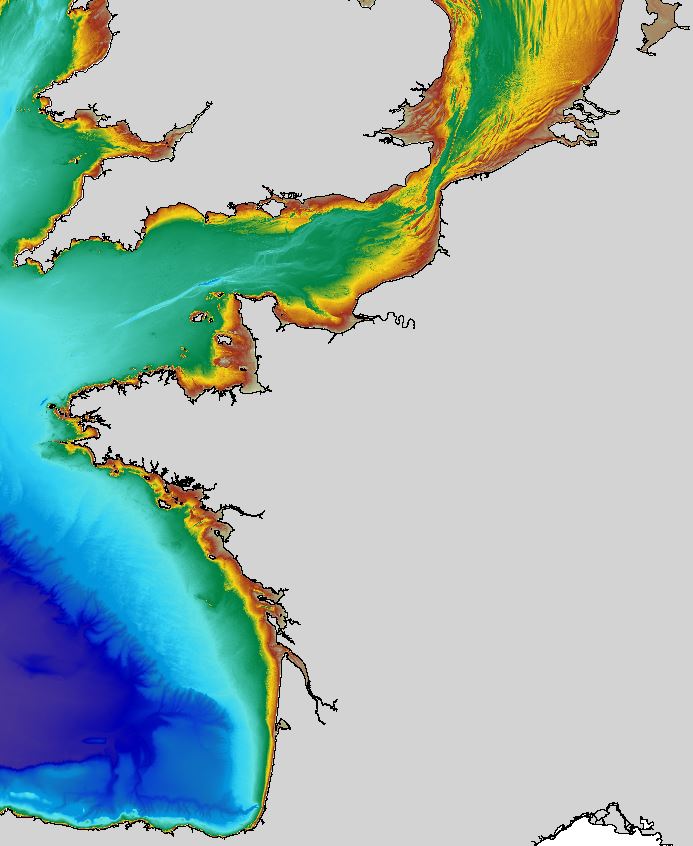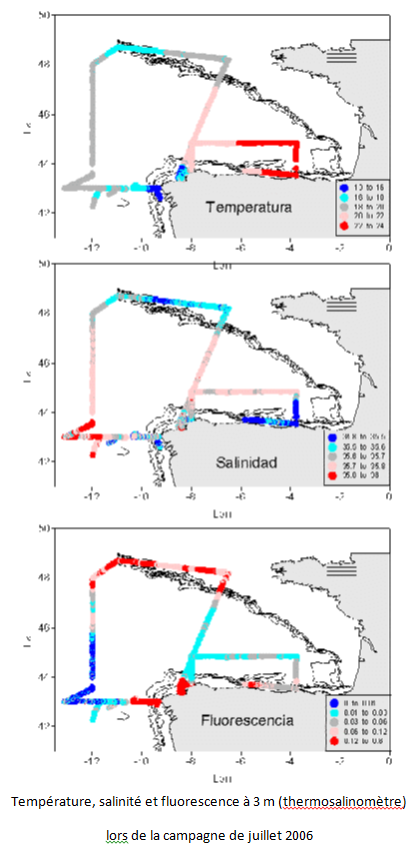500000
Type of resources
Available actions
Topics
Keywords
Contact for the resource
Provided by
Years
Formats
Representation types
Update frequencies
status
Scale
Resolution
-

The regional bathymetric Atlantic – Channel – North-Sea DTM has a resolution of 0.001° (~111m). Its geographic coverage includes the Bay of Biscay, the English Channel and a part of the North Sea. The DTM extends from the coast to the continental slope (about of 4800m deep). This DTM is produced in the framework of the HOMONIM project which aims at improving operational forecast capabilities for the national coastal flood warning system. This DTM is offered openly on the Shom diffusion website (http://diffusion.shom.fr/produits/bathymetrie/mnt-facade-atl-homonim.html). http://dx.doi.org/10.17183/MNT_ATL100m_HOMONIM_WGS84
-
The “World Seabed Sediment Map” product contains geo-referenced digital data, describing the nature of the sediment encountered in different seas and oceans of the world. The objects are all surface areas and the description of an object includes in particular the nature of the sediment including rock-type bottoms.
-
Sea bed sediment maps for the 4 marine sub-regions prepared as part of the initial evaluation of the MSFD (Marine Strategy Framework Directive).
-

Les périmètres des quartiers prioritaires de la politique de la ville sont fixés par le décret n° 2014-1750 du 30 décembre 2014 pour la métropole et par le décret n° 2014-1751 du 30 décembre 2014 pour les départements et collectivités d’outre-mer, rectifiés par le décret n°2015-1138 du 14 septembre 2015.
-
Cartographie des zones de haute montagne, montagne, piémont et défavorisées
-

Cartographie des Territoires des Plan Locaux pour l'Insertion et l'Emploi (PLIE) sur le département des Pyrénées Atlantiques
-
Analyse géomorphologique de la pente continentale de la façade méditerranéenne réalisée sur la base d'un modèle numérique de terrain (MNT) bathymétrique au pas de 100 m (produit à partir de la compilation des données acquises lors de plusieurs campagnes à la mer). Références bibliographiques :
-

Cartographie de la répartition territoriale des logements subventionnés par l'ANAH (Agence Nationale pour l'Amélioration de l'Habitat) selon que les propriétaires soient Occupants (PO) ou Bailleurs (PB)
-

Le but de ce projet est la mise en place d'un réseau d'échantillonnage pour l'étude de la variabilité climatique sur les eaux océaniques autour de la marge ibérique et du golfe de Gascogne, la détermination des flux de chaleur, d'eau douce, de nutriments et de CO2 dans les eaux usées et d'établir des relations avec le NAO. Cela contribue aux programmes internationaux sur la variabilité du climat et au début de l'étude systématique de la région. De plus il facilite l'utilisation d'un modèle numérique de la région. L'objectif principal du projet VACLAN est d'améliorer la capacité d'observation et l'utilisation des nouveaux outils disponibles pour caractériser la variabilité du climat: la télédétection pour l'étude des eaux de surface, les bouées dérivantes pour les eaux supérieures et intermédiaires, les instruments amarrés et les stations hydrographiques profondes pour l'étude de la colonne d'eau. L'utilisation de ces outils couplés à la modélisation numérique permettra de caractériser les flux de CO2 et physico-chimiques dans une zone aussi importante que le courant limite est de l'Atlantique. De plus, une fois validées et contrôlées, les données de ce système seront mises à disposition des communautés scientifique et universitaire et intégrées pour à des modèles numériques de prévision.
-

Cartographie des aides financières versées aux particuliers du département pour le passage à la Télévision Numérique Terrestre.
 Catalogue PIGMA
Catalogue PIGMA